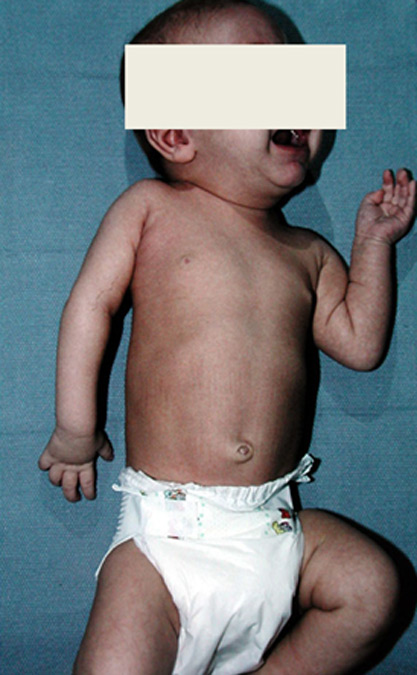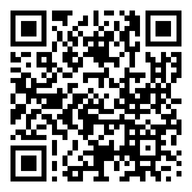
 POSNA.org
POSNA.org

The brachial plexus is a group of nerves from the neck that go to the arm. These nerves control muscle strength and feeling in the arm. Neonatal Brachial Plexus Palsy (NBPP) is a nerve injury that occurs around the time of birth. This happens when the nerves in the brachial plexus get stretched or torn during birth. NBPP is sometimes also called Erb’s palsy. About 2 out of 3 infants who have NBPP will recover fully in the first 3 months of life. Frequent observation by your doctor is needed to make sure the arm function recovers. Patients who do not recover function may need surgery to reconnect the damaged nerves. Older children with NBPP may also benefit from surgery to improve the arm function.
The mildest type of NBPP injures the upper part of the brachial plexus that controls the shoulder and elbow. This is the most common form of NBPP and is called “Erb’s palsy”. The worst type affects all of the nerves to the arm. This type affects the entire arm including the fingers. This is called a “global” or “total” palsy. In rare cases, known as ”Klumpke Palsy”, only the lower part of the brachial plexus is injured. In these patients the hand and wrist do not work.
The injured nerve can have various forms of damage. There may even be different types of damage in different nerves. However, the symptoms (weakness and lack of feeling) are the same after the nerve is injured. The least severe injury is called a neurapraxia. This happens when the nerve is just stretched a little. The nerve will usually recover on its own within a few months. With more stretching, scar tissue may form in damaged areas of nerve. This is called a neuroma. Some nerve function can still recover, but it is not complete. A nerve rupture occurs when the nerve is stretched to where it breaks apart. The nerve is not able to recover on its own. The worst type of injury, an avulsion, occurs when the nerve is torn from the spinal cord in the neck. With a rupture or avulsion, nerve surgery is recommended to improve recovery.
NBPP can be diagnosed without any special tests or studies. The pediatrician can usually make the diagnosis after the baby is born. The main signs are arm weakness with a posture of the arm by the side with no ability to bend the elbow (Figure 1). A referral to a specialist is recommended. The doctor will check for how well the baby can move his or her arm and fingers and check the range of motion of the joints. Repeat examinations by the doctor are important to see if the nerves are recovering.
The doctors may order an X-ray to look for a break in either the collarbone or the arm bone. Sometimes special nerve tests are also ordered, but these are not always necessary. An ultrasound or MRI is used to look at the baby’s shoulder if the shoulder is not moving well.
It is important to start therapy in the first month to move the joints of the affected arm. This includes visits with a therapist and a daily home exercise program. Because the baby can’t move his/her arm, the parents must do it for him/her to prevent stiffness. If the joints become stiff, casting or surgery may be required. Therapy is the mainstay of treatment for NBPP. Many children recover enough nerve function that surgery is not needed.
The doctor may recommend operating on the nerves if they don’t recover in the first 3-6 months. Surgery can improve arm function. It is important to know that even with nerve surgery, the arm will still not function normally. Nerve surgery might involve removing scar tissue. It may also involve connecting nerves that work into nerves that do not work.
Sometimes the joint stiffness in the shoulder is so bad that the shoulder joint will start coming out of place. Mild cases may be treated with Botox and casting. Sometimes the doctor may suggest surgery to put the shoulder back in place. This is often combined with surgery to move muscles around the shoulder. This helps stabilize the shoulder and can prevent the shoulder from coming out again.
Older children with weakness and/or limitations of motion can sometimes be helped with bone and muscle surgery to improve function. The surgeries that the doctors may offer can be very different for each individual patient and are tailored for each child.
Condition QR Code:
